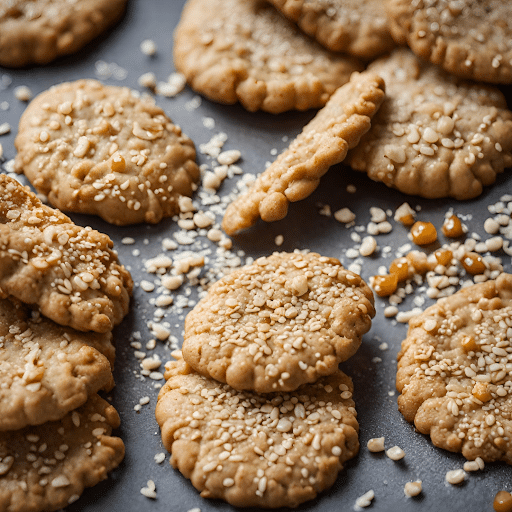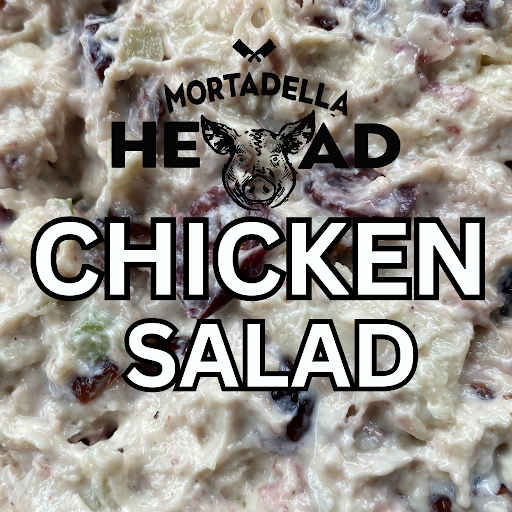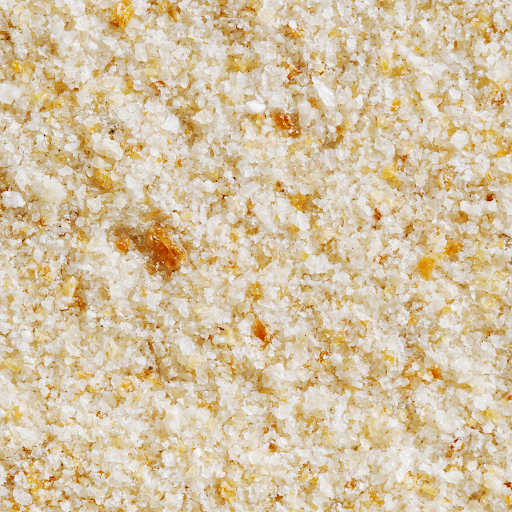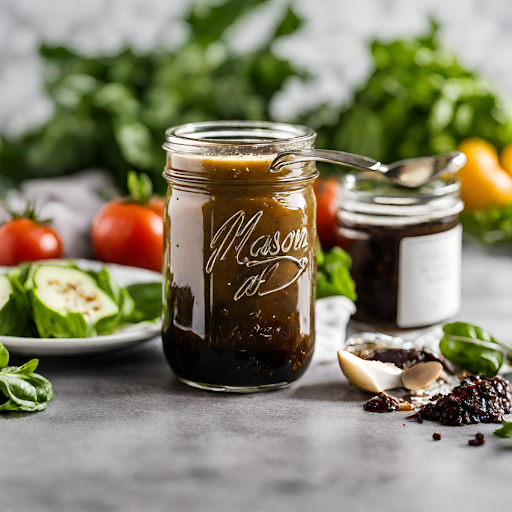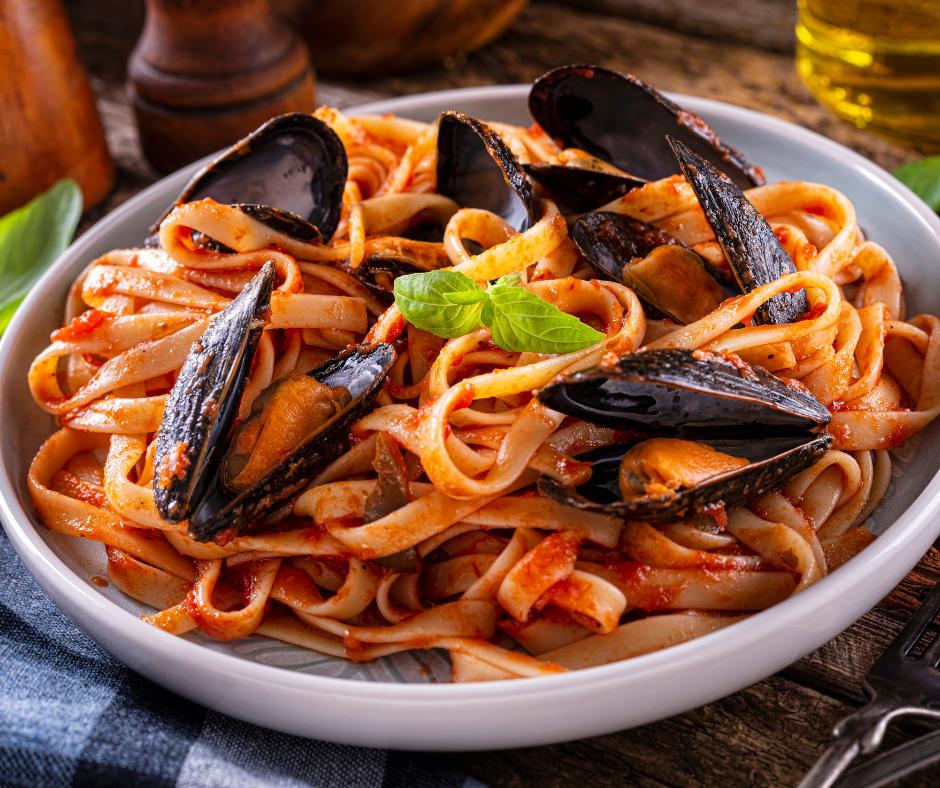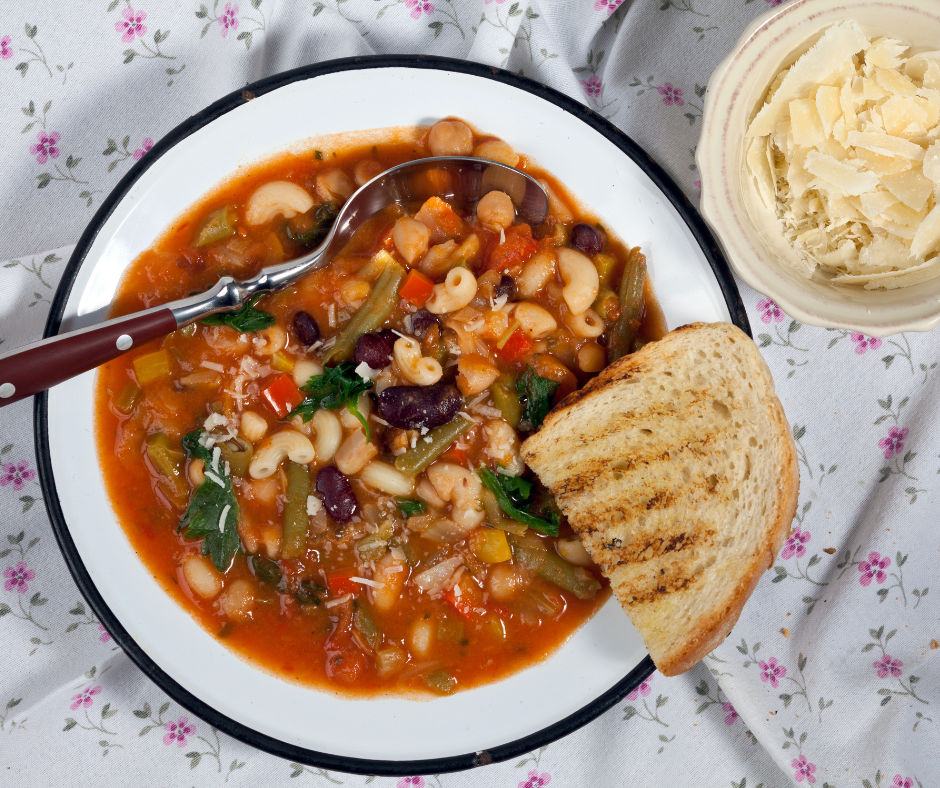If there’s one thing we love sharing on our blog, it’s Italian recipes. And you probably know by now that Roman pizza is our craft. Some might even call us a little bit obsessed with ancient Rome, and we’re okay with that. Today, I’m delving into the world of ancient Roman cookie recipes, recreating authentic treats that once satisfied ancient palates. If you’re a Roman history buff who just happens to have a sweet tooth, you’re in the right place.
When it comes to the subject of cooking, ancient Romans were known for using simple ingredients as part of their everyday life. Open any Roman cookbook, and you’ll quickly notice that the Roman diet focuses on quality ingredients for the most exquisite flavor. After a long meal with family and friends, homemade sweets were the evening’s finishing touch.
Fun fact: “Apicius’ De Re Coquinaria” is the most famous surviving cookbook from ancient Rome, and it offers valuable insights into Roman culinary practices. Cookies in ancient Rome differed significantly from the sweet treats we enjoy today, but they still held a place in their culinary landscape.
As far as Ancient Roman cuisine goes, their desserts were not exactly “cookies” in the modern sense, but sweet treats made with honey, flour, and sometimes nuts or dried fruits. These denser, unleavened delights were often enjoyed during celebrations or as offerings, offering a glimpse into their unique culinary traditions.
Ingredients and Sweeteners:
- No Sugar: Romans didn’t have access to refined sugar like we do. Instead, they primarily used honey and sometimes deffrutum, a thickened grape juice similar to molasses, for sweetness.
- Limited Fats: Butter wasn’t widely used in Roman cuisine. They often substituted olive oil or even crumbled cheese for fat content and texture.
- Grains: Wheat flour was common, but they also used other grains like barley and spelt.
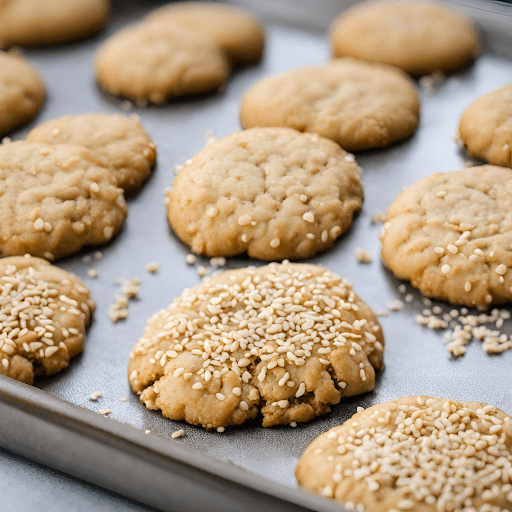
Types of Cookies:
- Simple and Rustic: Roman cookies were generally unleavened, meaning they didn’t use baking soda or powder for rise. This resulted in denser and flatter treats compared to our modern versions.
- Honey and Sesame Seeds: Popular variations included Itrion (sesame cakes with honey and olive oil) and honey sesame cookies (with flour, eggs, and sometimes nuts or dried fruit). Other ingredients include pine nuts, poppy seeds, and even ricotta cheese,
- Seasonal Treats: During festivals like Saturnalia, sweet treats like globuli (fried dough balls with honey) were enjoyed, often containing a surprise like a bean to determine the “king” of the celebration.
I love making Honey Sesame Cookies. Also known as “honey cookies” or “honey cakes”, these rustic cookies are a perfect example of typical Roman desserts. Their simple ingredients and subtle sweetness reflect the practicality and resourcefulness of Roman cuisine. While they may not be the fluffy, decadent treats we enjoy today, they offer a delightful glimpse into the historical flavors and traditions of ancient Rome.
Tips for Getting Started:
- Use a large bowl to whisk the flour mixture. You’ll want ample room for stirring.
- If you’re using an electric mixer, keep the speed on low as to not overmix the cookie dough.
- For perfectly shaped cookies, roll dough into 1-inch balls. With the help of a spoon, you can also form them into small ball shapes.
- If you like your cookies on the sweeter side, feel free to drizzle the freshly baked cookies with a little extra honey or your sweetener of choice.
- Because these cookies use olive oil instead of butter, use a high-quality olive oil for the most exquisite flavor.
- Go ahead and pour yourself a glass of white wine to sip on while you work — you deserve it!
- These cookies are best enjoyed fresh but can be stored in an airtight container at room temperature for up to 3 days.
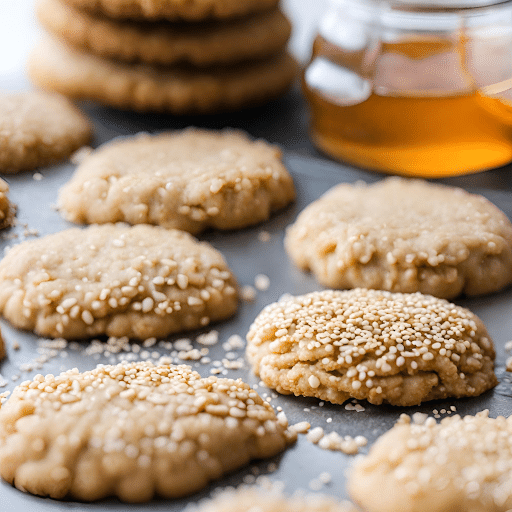
These Honey Sesame Cookies are such a wonderful Roman recipe. When I’m eating them, I often picture our ancestors enjoying them at Roman banquet or even wedding celebrations. You can easily find all of these ingredients at your local grocery stores, so if you’re wondering what to make for dessert this week, this should be your first recipe!
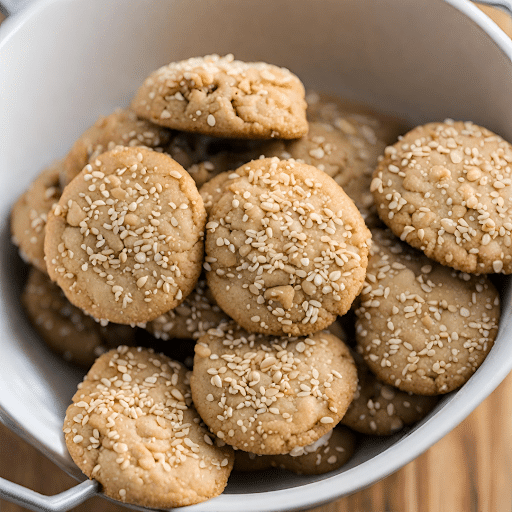
I hope this exploration of ancient Roman desserts reveals fascinating insights into their culinary world. While their “cookies” may not mirror our modern expectations, they offer a window into the historical flavors and resourcefulness of Roman cuisine. Whether you’re a Roman history buff or simply enjoy exploring interesting desserts, these Honey Sesame Cookies are a delicious way to connect with the past. What are you waiting for? Preheat that oven and get started!
Print
Honey Sesame Cookies
- Author: Christina Orso
Ingredients
- 1 cup all-purpose flour
- 1/2 teaspoon baking powder
- 1/4 teaspoon salt
- 1/3 cup honey
- 1/4 cup olive oil
- 1 large egg
- 1/2 cup toasted sesame seeds
Instructions
- Preheat oven to 375°F (190°C). Line a baking sheet with parchment paper.
- In a medium bowl, whisk together flour, baking powder, and salt.
- In a separate bowl, whisk together honey, olive oil, and egg until well combined.
- Gradually add the wet ingredients to the dry ingredients, mixing until just combined. Don’t overmix.
- Fold in toasted sesame seeds.
- Roll tablespoons of dough into balls and place on the prepared baking sheet. Gently flatten the balls slightly with your palm.
- Bake for 10-12 minutes, or until golden brown around the edges.
- Let cool on the baking sheet for a few minutes before transferring to a wire rack to cool completely.

